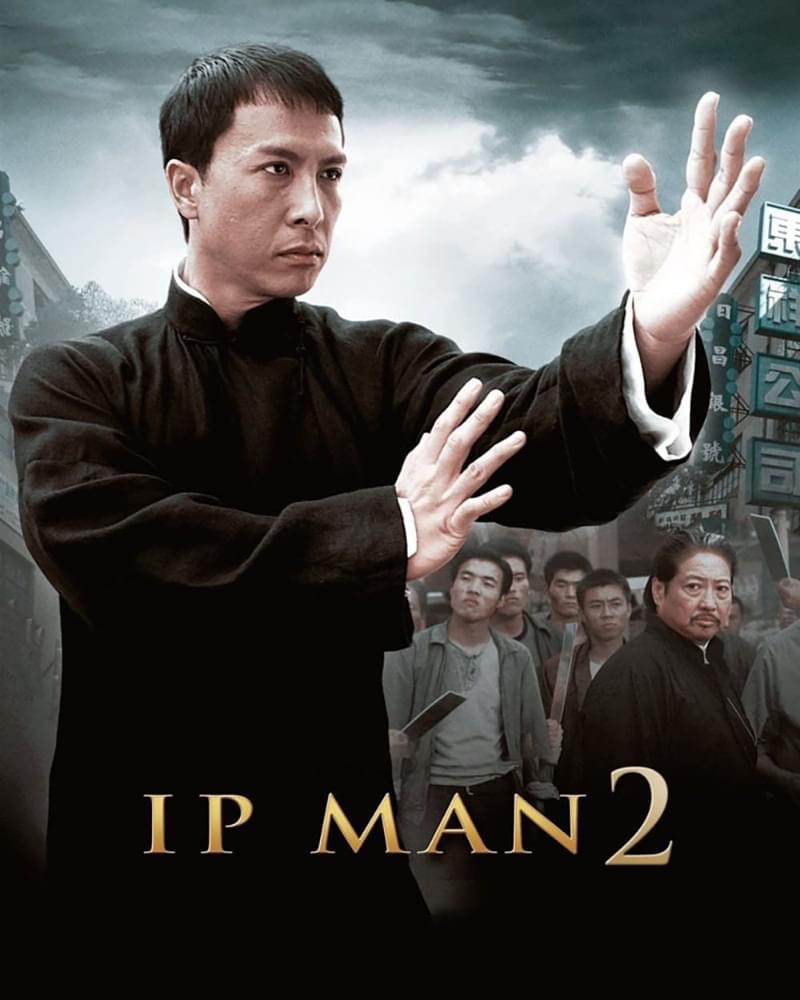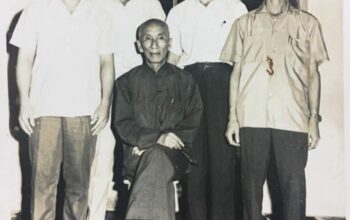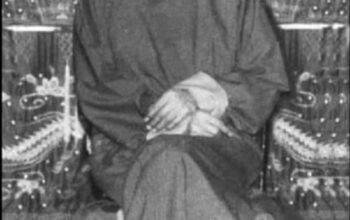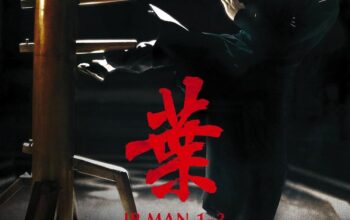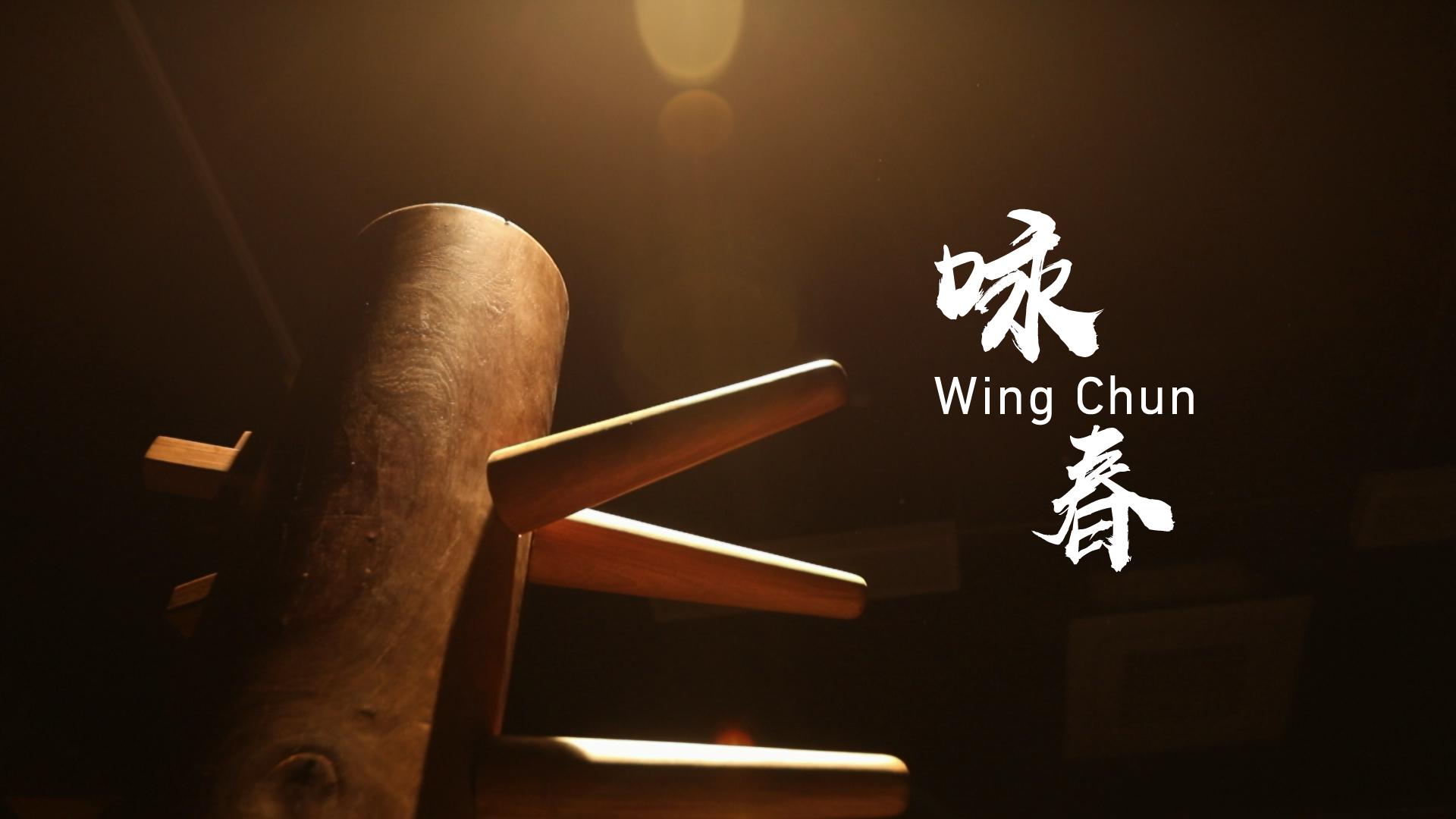Sharpening Reflexes through Wing Chun: The Path to Lightning-Quick Responses
Introduction:
In the world of martial arts, reflexes are a crucial component for effective combat. The ability to react swiftly and instinctively can make all the difference in a self-defense situation. Wing Chun, a traditional Chinese martial art, places significant emphasis on developing lightning-quick reflexes. In this article, we will explore how Wing Chun training specifically targets and hones reflexes, enabling practitioners to react rapidly and efficiently.
Understanding Wing Chun’s Approach to Reflex Training:
Wing Chun training incorporates various drills, exercises, and techniques that focus on developing and refining reflexes. The art’s philosophy revolves around economy of motion, simultaneous attack and defense, and intercepting opponents’ movements. Through specific training methods, practitioners can enhance their reaction time, sensitivity, and ability to adapt swiftly to changing circumstances.
Sensitivity Training:
One of the primary methods employed in Wing Chun to train reflexes is sensitivity drills, often referred to as Chi Sao or “sticky hands.” Chi Sao involves engaging in controlled, close-range sparring with a training partner. The objective is to maintain constant contact and develop sensitivity to subtle changes in pressure, movement, and energy. By honing this sensitivity, practitioners are able to anticipate and respond to their opponent’s actions with lightning speed, whether it’s countering an attack, redirecting force, or launching their own offensive maneuvers.
Simultaneous Attack and Defense:
Wing Chun’s principle of simultaneous attack and defense is a fundamental aspect of reflex training. By cultivating the ability to execute offensive and defensive actions simultaneously, practitioners learn to intercept and neutralize incoming attacks without sacrificing their own offensive capabilities. This training approach enhances reflexes by ingraining a natural instinct to respond instantly and instinctively to any threat, ensuring the practitioner can react rapidly while maintaining control over the situation.
Fast-Paced Drills:
Wing Chun employs a wide range of fast-paced drills and exercises designed to develop reflexes and speed. These drills involve repetitive movements, such as rapid punching, blocking, and footwork, performed with intensity and precision. By repeatedly executing these movements at high speed, practitioners condition their muscles and nervous system to respond instantaneously. Over time, this training method improves muscle memory and enhances reflexes, allowing practitioners to react without conscious thought or hesitation.
Reaction Training:
Wing Chun incorporates specific reaction training drills to sharpen reflexes. These drills involve various stimuli, such as visual cues or partner-initiated movements, to simulate real-world scenarios. For instance, practitioners may practice reacting to sudden attacks from different angles or responding to specific verbal or visual cues. Through consistent practice, these reaction training drills condition the mind and body to swiftly process information, make split-second decisions, and execute the appropriate responses.
Sparring and Realistic Application:
Regular sparring sessions play a crucial role in refining reflexes in a realistic combat scenario. Sparring allows practitioners to apply their skills, techniques, and reflexes in a controlled but dynamic environment. By engaging in live, unpredictable exchanges with partners of varying skill levels, practitioners are forced to react quickly, adapt to different styles, and overcome unexpected challenges. Through this practical application, reflexes are honed through firsthand experience, leading to improved timing, accuracy, and the ability to read and anticipate opponents’ movements.
Conclusion:
Wing Chun’s training methods and principles provide a systematic approach to developing lightning-quick reflexes. Through sensitivity training, simultaneous attack and defense, fast-paced drills, reaction training, and realistic application in sparring, practitioners can refine their reflexes and respond rapidly to any situation. Wing Chun’s focus on economy of motion, interception, and adaptability enhances practitioners’ ability to react swiftly, enabling them to effectively defend themselves and assert control in combat scenarios.
